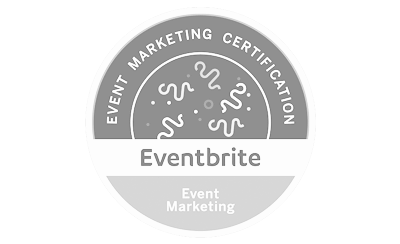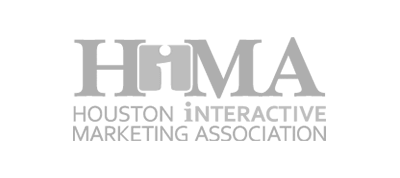
Your law firm’s brand identity extends far beyond the logo these days. To be relatable, lawyers must show they exist outside of mysterious concrete buildings downtown. Using visual content is one of the best ways to show the personality of your law firm and its lawyers. Effective visual content is one of the keys to success in not only digital marketing, but in all forms of marketing. Visual content truly engages audiences – which leads to more traffic and higher conversion rates. Your law firm’s visual identity can and should reinforce your messaging, branding, and voice.
Images and videos can be used to showcase corporate social responsibility efforts and to demonstrate the work culture of your office. Images put a face with a name that clients often hear on the other end of a phone but do not often see in person – in essence, they humanize law firm employees.
In one study, The Chief Marketing Officer (CMO) Council found 46% of marketers view photography as critical to their marketing campaigns, and 36% said the same of video. In addition, 57% believed that illustrations were important to a project, while 54% said the same for infographics. On top of that, solid majorities see the importance for all these forms of visual media as continuing to increase.
TYPES OF VISUAL CONTENT
- Photography
- At least 20% of all Internet users use Instagram and 90% of its users are under 35.
- Facebook users upload 300 million pictures every single day.
- Videos
- Infographics
- Infographics are liked and shared on social media three times more than other any other type of content.
- Illustrations
- People following directions with illustrations and text fare 323% better than those without.
WHY DO CONSUMERS PREFER VISUAL CONTENT TO TEXT?
Now that we are all regular users of the Internet with instant access to unlimited amounts of information, each person has to pick and choose what they want to read or view. It is easy for your law firm’s voice to get lost among the masses of other attorneys that handle similar cases or operate in the same geographical area. So how do we make ourselves stand out?
Since the human brain processes visual information 60,000 times faster than text, using images when conveying information gives the communicator a much greater chance of being heard. A user can digest visual information quickly, up to 36,000 images per minute, and an estimated 60% of people learn primarily through visual processing alone. Compelling visual elements result in a 37% increase in engagement from targeted audiences.
WHAT DOES THIS MEAN FOR LAW FIRM MARKETING?
Law firms need to focus on visual content now more than ever before. Visuals need to become a regular component of every law firm’s marketing strategy instead of a last-minute addition or an afterthought. Researchers have found that colored visuals increase people’s willingness to read a piece of content by 80%. Content with relevant images gets 94% more views than content without relevant images.
On social media, for example, tweets with images receive 18% more clicks, 89% more favorites, and 150% more retweets than plain text tweets. Visual content is more than 40 times more likely to get shared on social media than other types of content. Social media users are much more likely to share visual content (such as memes, videos, or graphics) than they are to share plain text. Images are also timeless: content and articles often have to be updated to stay relevant and timely, but images never require that sort of adjustment.
HOW DO I OPTIMIZE IMAGES?
According to Clay Cazier and Search Engine Land, the top factors to consider when uploading and optimizing digital images are:
- A relevant two- to four-word filename
- A descriptive two- to four-word ALT tag
- A relevant heading, caption, or surrounding text
- Use clear images, placed high up on the page, with appropriate width and height attributes
- Create and submit an image sitemap
One of the leading digital stock imagery websites, Shutterstock, also has a list of tips. For those of you advanced web nerd readers, Google has its own image optimization help page for developers.
WHAT TOOLS CAN I USE?
- Awesome Screenshot
- Canva
- Gimp
- Imgur
- Pablo
- PicMonkey
- PiktoChart
- Pixlr
- SlideShare
- Unsplash
DIGITAL IMAGE MASTERY
There are an unlimited number of related topics I could include, such as Google’s Reverse Image Search and how images are used in local listings and digital citations. But the goal of my post is to simply encourage lawyers and legal marketers to use images and other visual content on a regular basis as part of their marketing strategies. You will engage more potential consumers and explain yourselves and the law in a much easier to digest format.














Leave a Comment